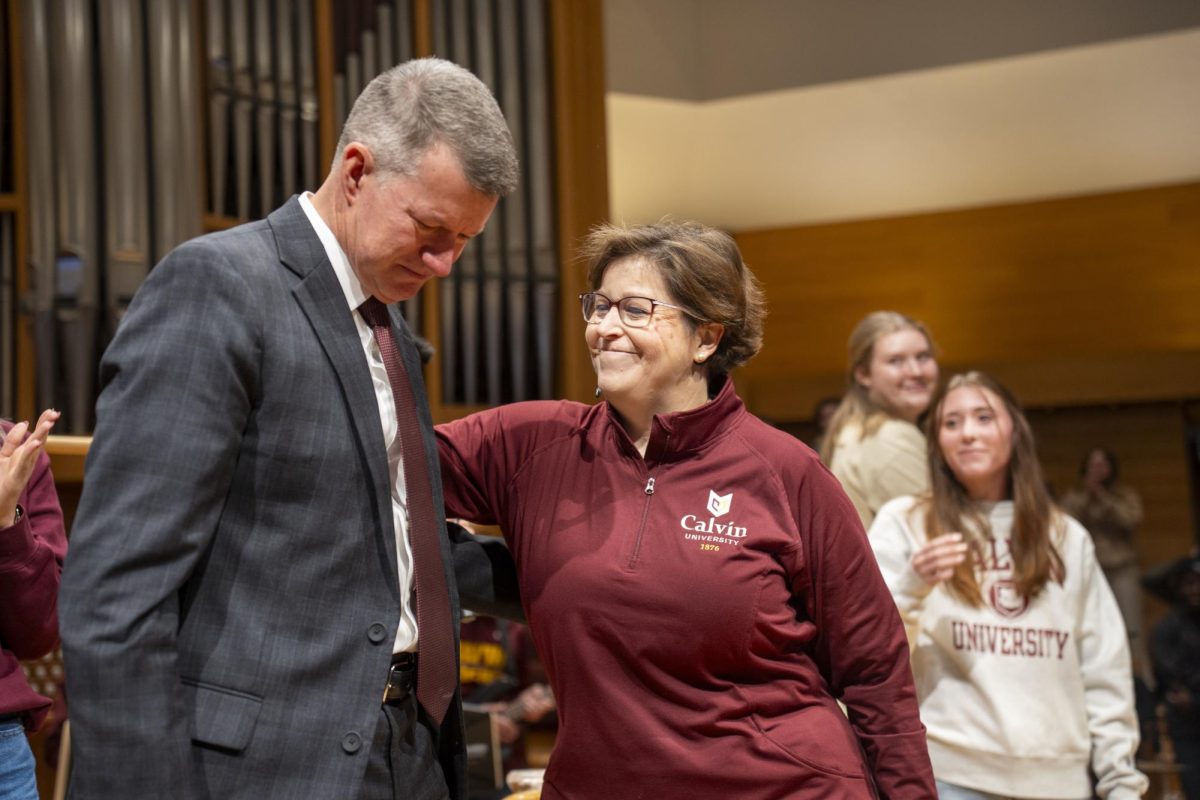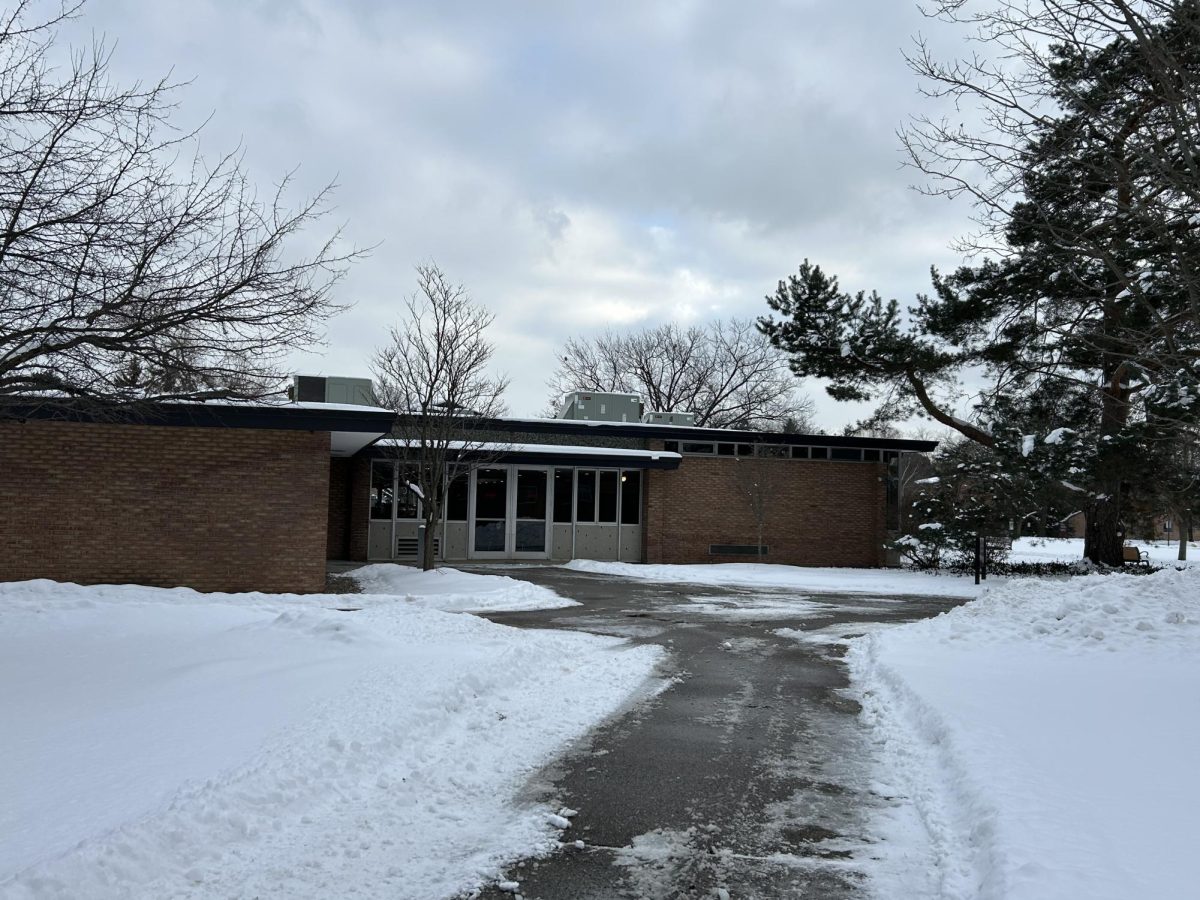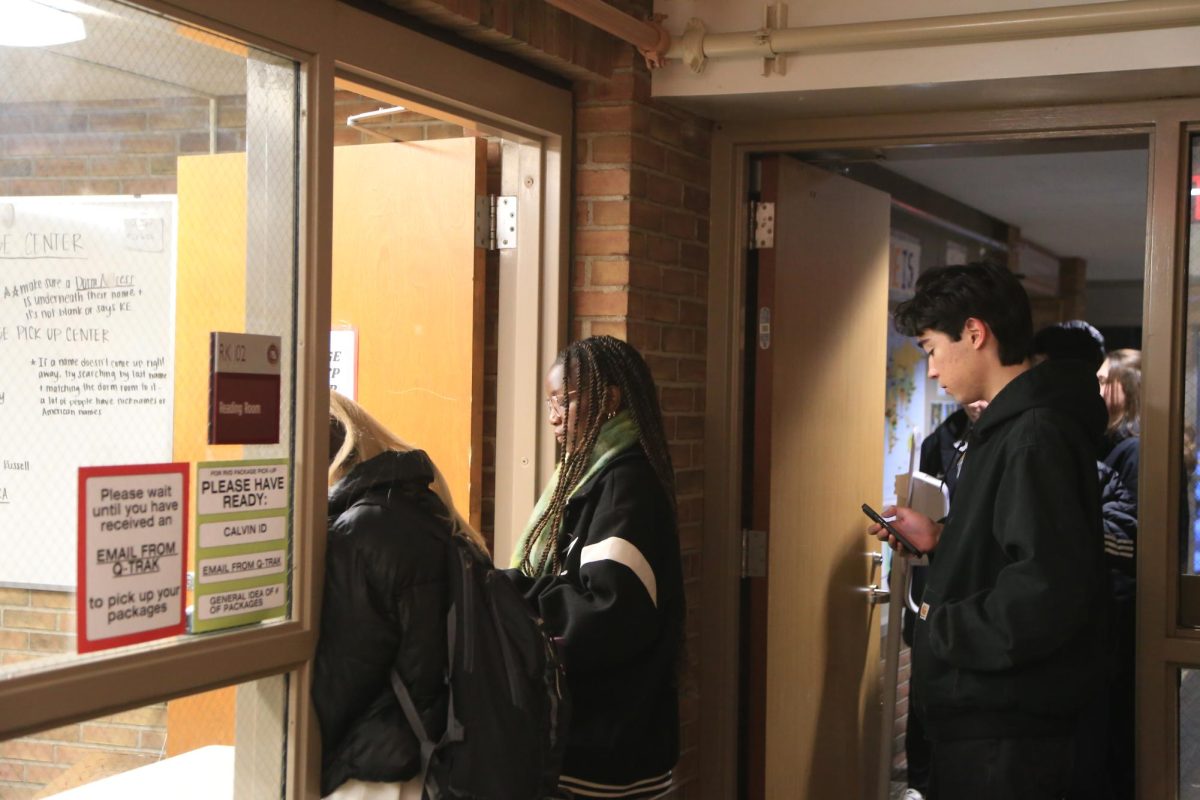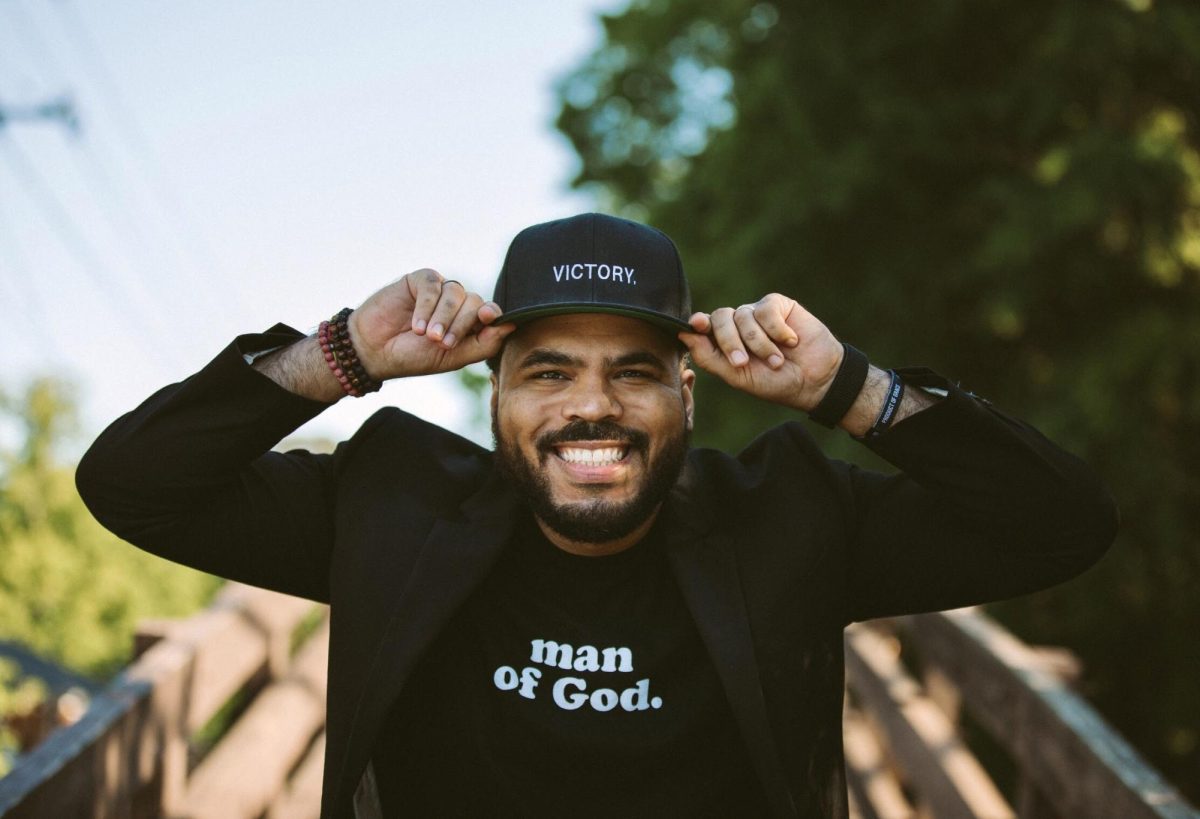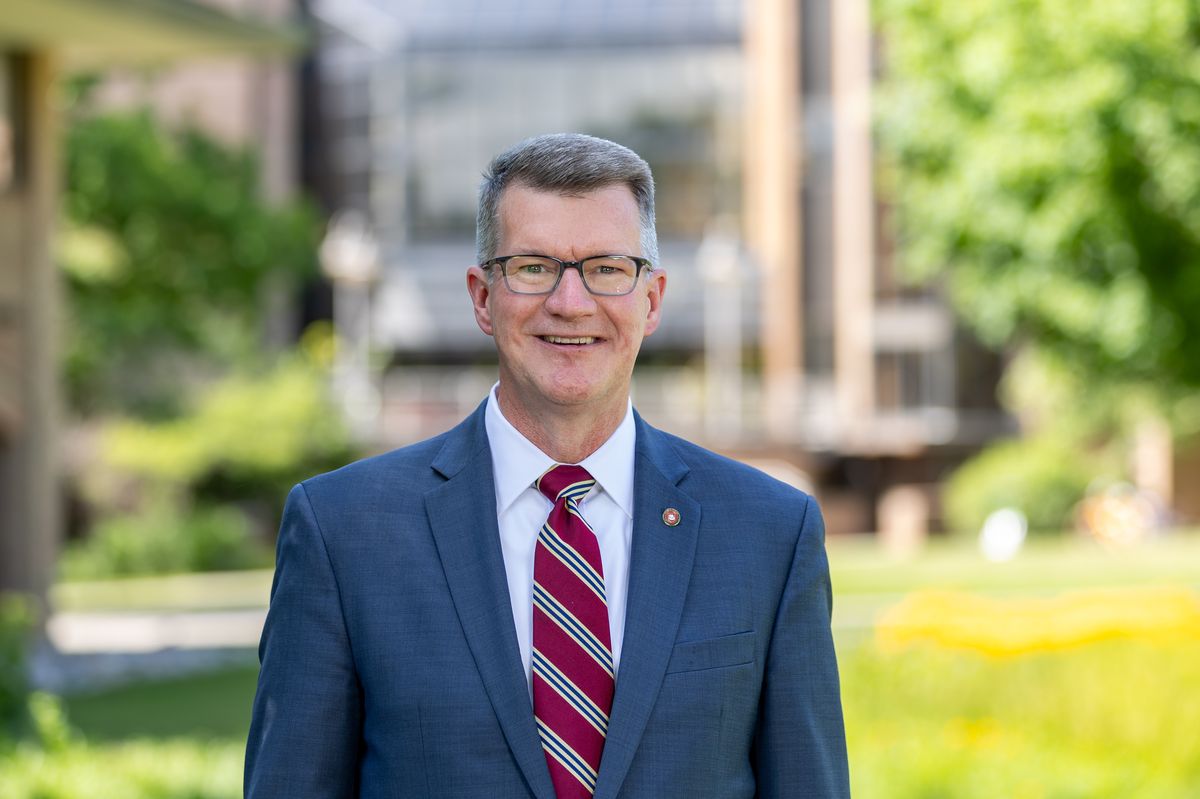Of the 40-page document painting Calvin’s identity, vision and mission, one important feature is missing: a mission statement.
“I don’t think the school has ever had a mission statement,” said Tim Ellens, director of communications and marketing.
A mission statement, as opposed to a vision statement, is a general single-sentence planning tool that defines the school’s direction rather than the foreseen future.
“Calvin has an identity statement, but that doesn’t encompass what we do,” said Ellens. “We’re bogged down in who we are rather than what we do.”
This summer, Ellens led a team of professors, students and faculty to discuss what the statement of the school should look like. Many of these members are inactive in the process this fall.
“[President] Le Roy wanted to step back and look at how we’re articulating our mission, who our focus is and what discussions it creates,” said Ellens.
Le Roy was not available for comment on the process.
“We had a vision statement that we were using as a mission statement, but it was actually more of an identity statement,” said John Witte, dean of residence life. “And if that sounds confusing, it is!”
The team met face-to-face twice and several times through e-mail, analyzing Calvin’s current document and comparing it to the mission statement of similar schools.
“Calvin’s mission wasn’t inaccurate; it just wasn’t as strong as it could be,” said Chad Engbers, an English professor.
“There are really beautiful words already written about our mission,” said senior Kathryn Van Zanen, “but it’s important to revisit those, particularly in a time of strategic planning. This is a new time and a new season for Calvin, so we need to communicate who we are in a new way.”
The process, as Engbers explained, is more of a rewording project focusing on a wider audience than just that of the Reformed Christian tradition.
“We can’t make assumptions about the audience. There are a lot of people who aren’t from this tradition, so we need to articulate what we mean by Reformed Christianity,” Engbers said.
With an increasing diversity in religious traditions, Calvin’s mission statement is designed to reach an audience without any prior experience with the Christian Reformed tradition.
“The implicit mission works well for those born, raised and steeped in it, but as the community attracts faculty and staff from different traditions and a diverse collection of students, this implicit mission becomes more elusive and threatened,” Ellens wrote in the vision frame.
Though the majority of the work was accomplished this summer, the statement remains unfinished as it goes through the editing process and receives approval. Once it’s complete, however, more than just prospective students will benefit.
“I think it benefits an organization to refresh the way it communicates its mission and identity — both for internal people who do the communicating and external audiences who are new to this place,” Witte said.
The team agreed that the mission was not in need of change, but instead a refreshing to succinctly clarify its meaning.
The completion of the mission statement has an unforeseen end, since the process is not simple.
“Finding ways to accurately communicate big concepts, such as the entire ‘Expanded Statement of Mission,’ with rich words and phrases is like writing poetry,” Witte said. “It’s hard, but it can speak volumes when done well.”




